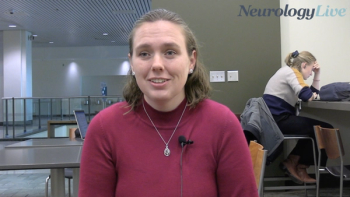
|Slideshows|May 24, 2016
Neuro News Roundup: Consequences of Neuro Conditions
Author(s)Mark L. Fuerst
Neurologic conditions, such as epilepsy, migraine, and stroke, often have real-world consequences, such as those described in three new studies.
Advertisement
Epilepsy patients may have slowed reaction times that potentially lead to car crashes due to interictal epileptic activity (IEA) and antiepileptic drugs. Stroke survivors who have returned to work may face invisible barriers. New models suggest how exercise may help relieve migraine pain.
Newsletter
Keep your finger on the pulse of neurology—subscribe to NeurologyLive for expert interviews, new data, and breakthrough treatment updates.
Advertisement
Latest CME
Advertisement
Advertisement
Trending on NeurologyLive - Clinical Neurology News and Neurology Expert Insights
1
FDA Expands Indication for n‐Butyl Cyanoacrylate in Chronic Subdural Hematoma
2
A Clinical Review of the 2025 Restless Leg Syndrome Guidelines
3
What the First Intrathecal Gene Therapy Means for SMA Clinicians and Researchers
4
Phase 3b STRENGTH Trial Provides Greater Support for Intrathecal SMA Gene Therapy
5




















